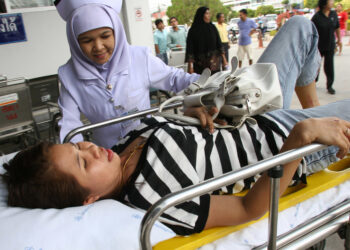Highly targeted brain stimulation using electrical current may improve blood flow in patients with ischemic stroke, a recent study has found.
Researchers from the University of California, Los Angeles, conducted a pilot study to evaluate the efficiency of a new treatment – high-definition cathodal transcranial direct current stimulation (HD C-tDCS) – for acute ischemic stroke.
Ischemic stroke accounts for approximately 85% of stroke cases. It occurs when blood clots or other particles block the blood vessels in the brain. The current treatment involves clot-dissolving drugs and the use of a device that goes into the bloodstream and removes clots.
The new treatment involves placing a series of electrodes across the scalp of the patient and delivering a weak inhibitory form of electrical current to the part of the brain suffering from low blood flow. This noninvasive stimulation method is currently used in neurological and psychiatric treatments and has been found effective in improving the brain’s blood flow.
The pilot study examined 10 acute stroke patients who were ineligible for currently available treatment and were within 24 hours of stroke onset. Seven of them received active HD C-tDCS treatment, while three received “sham” stimulation. Researchers found that the treatment enhanced blood flow and protected the threatened brain tissue, known as the penumbra, from irreversible injury.
The first set of four patients, including one from the sham group, received 1 milliamp of stimulation for 20 minutes. The remaining six patients received the treatment of 2 milliamps for 20 minutes.
The patients who received HD C-tDCS, a median of 66% of the penumbra was rescued in the first 24 hours after stroke compared to 0% in the sham group. The brain scans indicated that the patients who received 2 milliamps of stimulation showed greater signs of improved blood flow compared to patients who received 1 milliamp.
“This treatment was aimed at being as targeted and as…
Read the full article here








